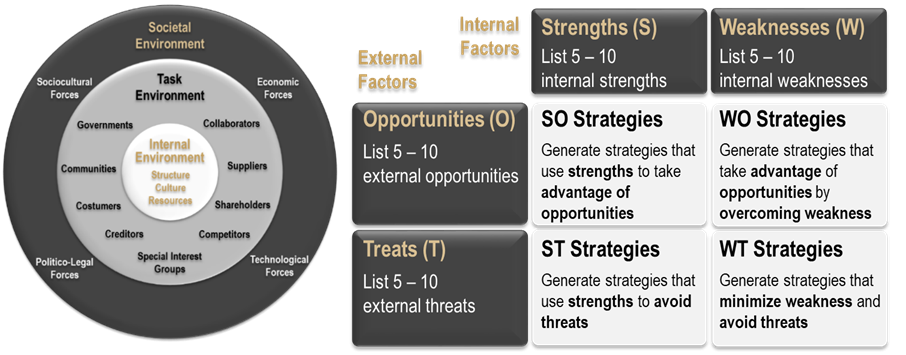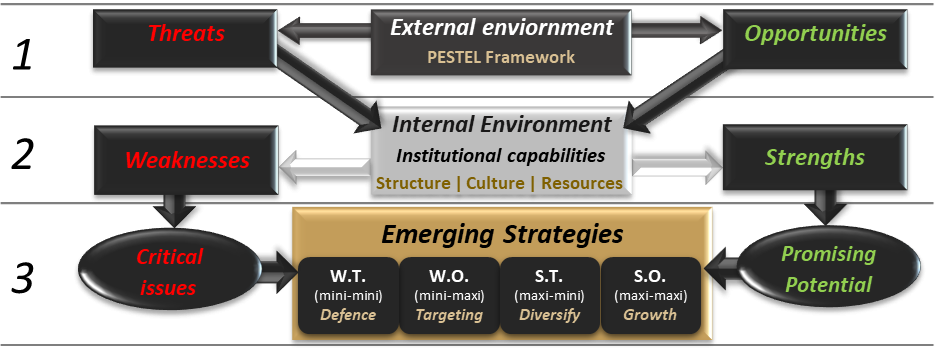
The meetings of the International Affairs Committee 2022, organized under the aegis of the Portuguese Presidency, were held by Videoconference from January 26 to May 17, 2022, focusing on the development of structured analysis and the subsequent drafting of academic papers to be gathered together for a joint publication entitled “Overcoming Security Threats arising from Globalization 4.0“.
Aiming to preserve the stability and well-being of societies, the Security Forces increasingly seek to remain proactive in anticipating dangers, adopting the strategies and measures that seem appropriate to mitigate risks and combat the main criminal trends.
To this end, based on the emerging security challenges and the main common threats, it is crucial to analyse and collect the best and most efficient practices in the fight against these phenomena, to promote better levels of security.
| List of Threats and Security Challenge analysed |
| Cybercrime and cyberthreats |
| Propaganda and misinformation |
| Climate changes and natural disasters |
| Disputes over scarce natural resources |
| Fragile states and regional conflicts |
| Energy insecurity |
| Critical Infrastructures |
| Migratory phenomena |
| Human trafficking |
| Terrorism |
| Transnational criminal networks |
| Counterfeiting (documents, pharmaceuticals, goods and products, digital contents) |
| Trafficking of arms, explosives and drugs |
| Environmental crime |
| Health (pandemic) |
| CBRN |
For each of these threats, the different FIEP Forces nominated experts to conduct a strategic diagnosis, which, through different techniques, allowed the identification of strategies to be adopted to counter those threats.
These techniques focused on the external and internal environments of each Security Force, especially regarding the assessment of the institutional capabilities of the gendarmerie forces, taking into account their structure, culture and resources.
The correlation between these factors, through the application of a dynamic SWOT matrix, allows the schematisation of 4 different strategy typologies, namely, growth strategies, diversification strategies, focus strategies and defence strategies.
The development of this method of information treatment and analysis allows supporting the decision-making process. The external environment interacts with the organisation’s capabilities, producing a synthesis of critical issues and factors with promising potential.
In the subsequent work, namely in the context of the harmonization of the various papers produced, the strategies to overcome each of the security threats or challenges are crossed in order to identify common strategies to contribute to the mitigation of multiple risks.
The articles will be integrated in a single publication, whose conclusions will result from the convergence of the 4 types of emerging strategies, anticipating the creation of a common framework that will allow FIEP to plan subsequent activities on these matters.
These strategies, accepted as appropriate by all FIEP members, allow aligning objectives and enhancing synergies among the Forces that integrate the FIEP Association, to implement measures that mitigate the harmful effects of these threats on an international scale.






